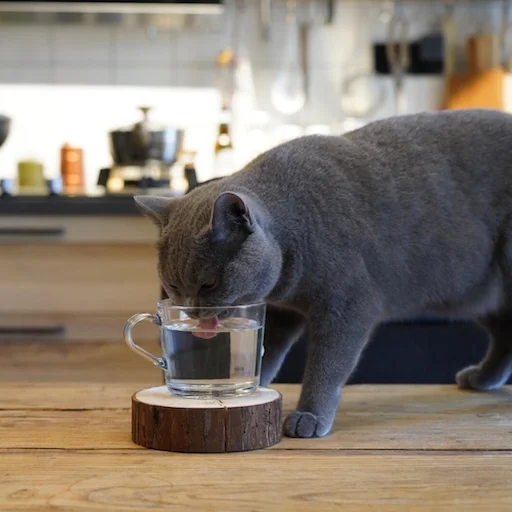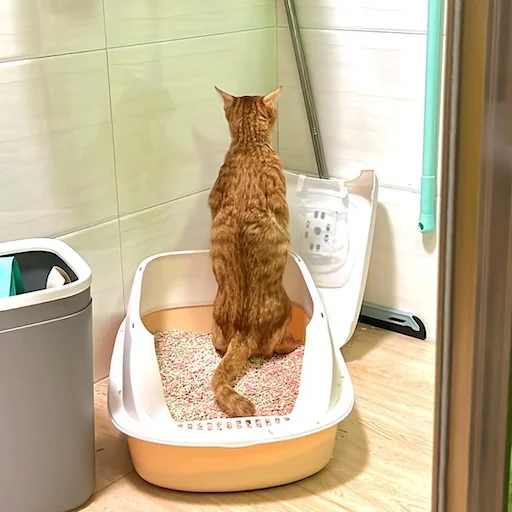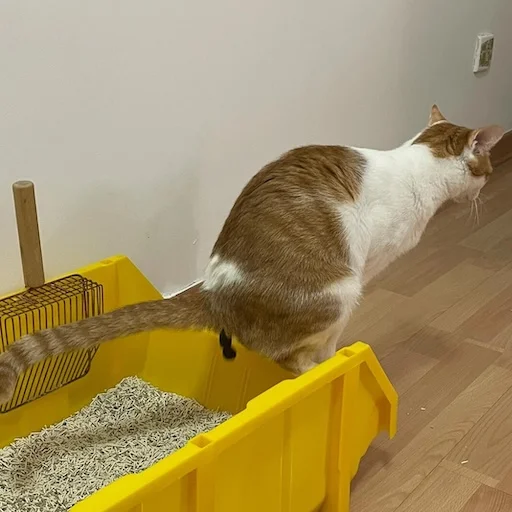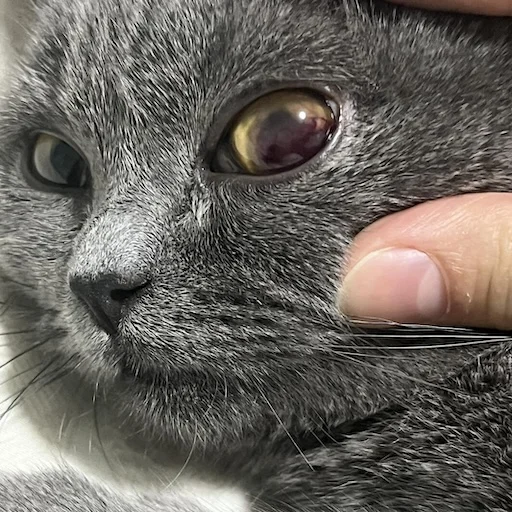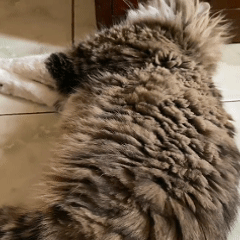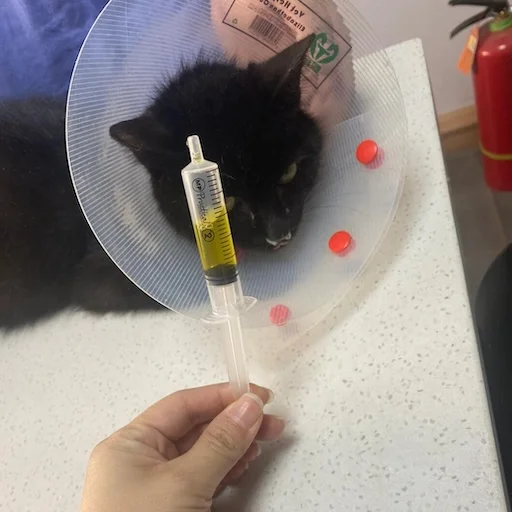Click on the text to learn more about FIP Cat
FIP Cat Symptom
Gastrointestinal symptom
Understanding gastrointestinal symptoms of feline infectious peritonitis (FIP) is key for diagnosis. Symptoms like vomiting, diarrhea, and loss of appetite help identify FIP, distinguish between its forms, and guide treatment adjustments.
Click on the picture to view the post
FIP Cat Symptom
Appearance performance
Recognizing the physical signs of feline infectious peritonitis (FIP) is crucial for diagnosis. Key symptoms include a bloated abdomen, weight loss, and jaundice. These external features help veterinarians identify FIP, differentiate it from other conditions, and monitor the disease’s progression.
Click on the picture to view the post
FIP Cat Symptom
Nervous symptoms
Identifying neurological symptoms of feline infectious peritonitis (FIP) is essential for accurate diagnosis. Symptoms such as uncoordinated movements, seizures, and behavioral changes can indicate FIP’s impact on the nervous system. Recognizing these signs helps veterinarians diagnose the disease, distinguish it from other neurological disorders, and tailor treatment plans.
Click on the picture to view the post
FIP Cat Symptom
Analysis of inspection reports
Understanding blood test results for feline infectious peritonitis (FIP) is crucial for diagnosis. Key indicators include elevated white blood cell counts, increased protein levels, and abnormal protein ratios. These findings help veterinarians confirm FIP, differentiate it from other diseases, and guide treatment decisions.
Click on the picture to view the post

